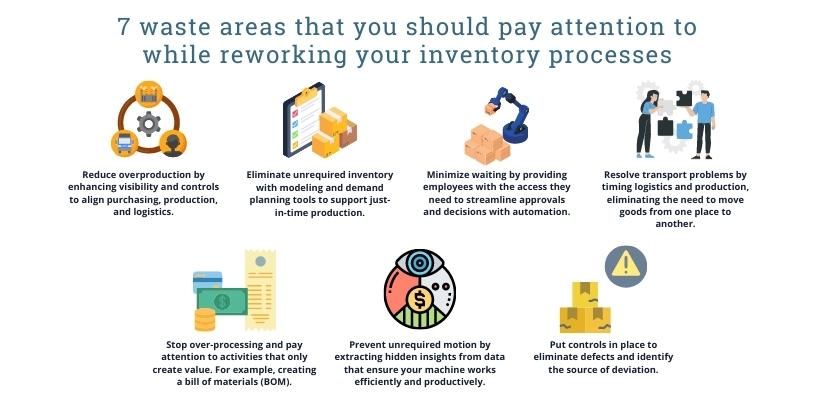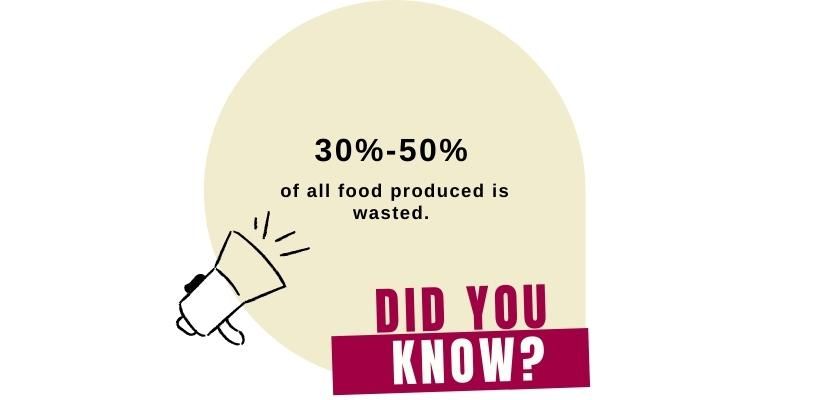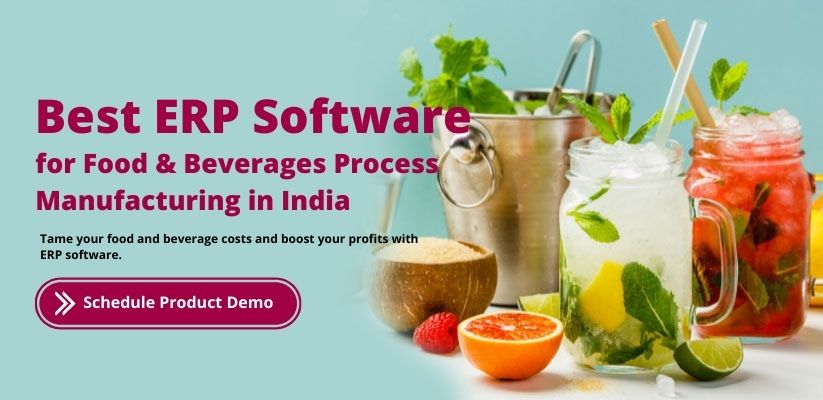Summary: The food production industry is going through a challenging phase. Certain parts of the world are seeing spikes in food demand, while others are experiencing a drastic change in food consumption habits. As a result, consumer eating habits are rapidly transforming and the food production industry must align itself accordingly.

Why is inventory management crucial for the food production industry?
One point that differentiates the food production industry from others is that the former deals with the buying and selling of perishable products. Therefore F&B companies must efficiently manage the supply chain, which includes:
- Procuring raw materials at the lowest price
- Manufacturing best quality food articles
- Complying with health standards
- Safely delivering food items to customers
The best way to start is by enhancing warehouse operations and tracking available stocks.
Here are 6 other ways of enhancing your inventory management operations:
1. Review stocks frequently
Companies in the food production industry should frequently check the stocks in the inventory. It helps ensure a steady amount of raw materials required to fulfill customer orders on time.
This process involves tracking items:
- bought and sold
- stolen
- damaged
- lost
Remember that lost items go unreported unless an appropriate person takes notice.
An ERP for the food production industry that tracks the precise quantity of raw materials moving in the warehouse is a perfect solution to this problem. It also sends a notification/alert to the concerned authority if the inventory level falls below the set threshold.
2. Analyze your current practices
Effective inventory management requires a 360-degree analysis of the supply chain management practices you follow in your organization. You should know each link in the supply chain, including:
- Procuring raw materials from the vendor
- Monitoring real-time inventory level
- identifying the precise location of finished products in the warehouse
- Quick & efficient distribution of finished food articles to the end consumer.
You can start by holding brainstorming sessions with your supply chain management team. These sessions will help you identify and find solutions to the possible supply chain challenges.
There are 7 waste areas that you should pay attention to while reworking your inventory processes. The infographic below explains them in detail:

3. Automate stock replenishment
An automatic stock replenishment software ensures you always have necessary supplies in the inventory. Just-in-time (JIT) strategies are critical in the food production industry as they ensure your supplies are replenished each day based on forecasted demand. This way, malls, and retail stores can maximize their food shelf-life.
If you don’t have a JIT strategy in place, you can review your stock levels after a set period. And if the inventory is below the set threshold, you can replenish your inventory at the earliest.
By automating the replenish process, you can eliminate product unavailability between when you place the order and receive the shipment.
ERP software for the food production industry will eliminate the need to check stock levels manually so that you don’t have to make replenishment decisions based on guesswork. It will also analyze market trends to identify products that customers are most likely to buy. This way, you can invest money in purchasing only those materials you require the most.
<<<Also Read: 10 Interesting Questions Related to Supply Chain Management>>>
4. Exploit big data to learn about your customers
People like eating diverse food and beverage items at different times of the year. For example, mango sells the highest in summers. Similarly, most Indians consume vegetables and fruits during Navratri.
Big data helps companies in the food production industry accurately predict what products will sell the most during which time of the year. This way, they can avoid buying excess inventory and replenishing stocks at the right time.
Big data helps the food production industry to:
- Identify changes in the customer buying trends due to seasonal, regional, and cultural reasons.
- Recognize periods when customers are buying less and when they are buying more and the reasons behind it.
- Spot equipment/machines that aren’t working at their maximum efficiency.
- Flag inventory management issues that you didn’t know about.
IoT-enabled ERP software provides the best way to collect valuable data from multiple sources. It also automates critical business processes and provides powerful insights, enabling you to make better data-driven decisions.
Another significant benefit is that it monitors the real-time status of machines and sends warning signals to technicians. This way, you can identify any machine downtime and provide top-notch customer service.
5. Eliminate food waste
Today’s consumer is environmental-friendly, meaning they care about the impact of the food they consume on various stakeholders, including the farmer, soil, water sources, bureaucrats, and local & global economy. Therefore, a significant proportion of consumers are opting to buy products from companies that:
- Follow environment-conserving policies
- Procure food from vendors that care about the environment
- Use machines that reduce the production of perishable products
- Sell surplus products at discounted price
- Donate food products to charitable organizations
- Promote green agenda by brainstorming environment protection policies.
6. Quick and efficient product recalls
Sometimes companies in the food production industry might have to recall their products. It might happen due to various reasons:
- Bad product quality
- Sourcing substandard raw materials from vendors
- Presence of a toxic element in the food article
- Improper taste
Your company might suffer permanent brand damage if you fail to handle such issues efficiently.
But if you have real-time data, you can quickly identify the source of the problem and address issues with confidence.
ERP software for the food production industry integrates business-critical data from multiple sources and stores it in an integrated data repository. Business stakeholders can access this repository anywhere, anytime, and through any connected device.
Supply chain members can track data across every part of the supply chain, from procuring raw materials and manufacturing finished products to distributing products to consumers and responding to customer queries.
The best way to handle product recalls is to communicate with customers with authenticity. It will allow you to remain in control of the situation and protect your brand image even in the worst case.
STAY UPDATED
Subscribe To Our Newsletter
At Sage Software Solutions (P) Ltd., we are home to world-class ERP software and CRM software that will solidify your business tech support fundamentals and enable you to build a customer-centric organization. You can also write to us at sales@sagesoftware.co.in.
Disclaimer: All the information, views, and opinions expressed in this blog are those of the authors and their respective web sources and in no way reflect the principles, views, or objectives of Sage Software Solutions (P) Ltd.








